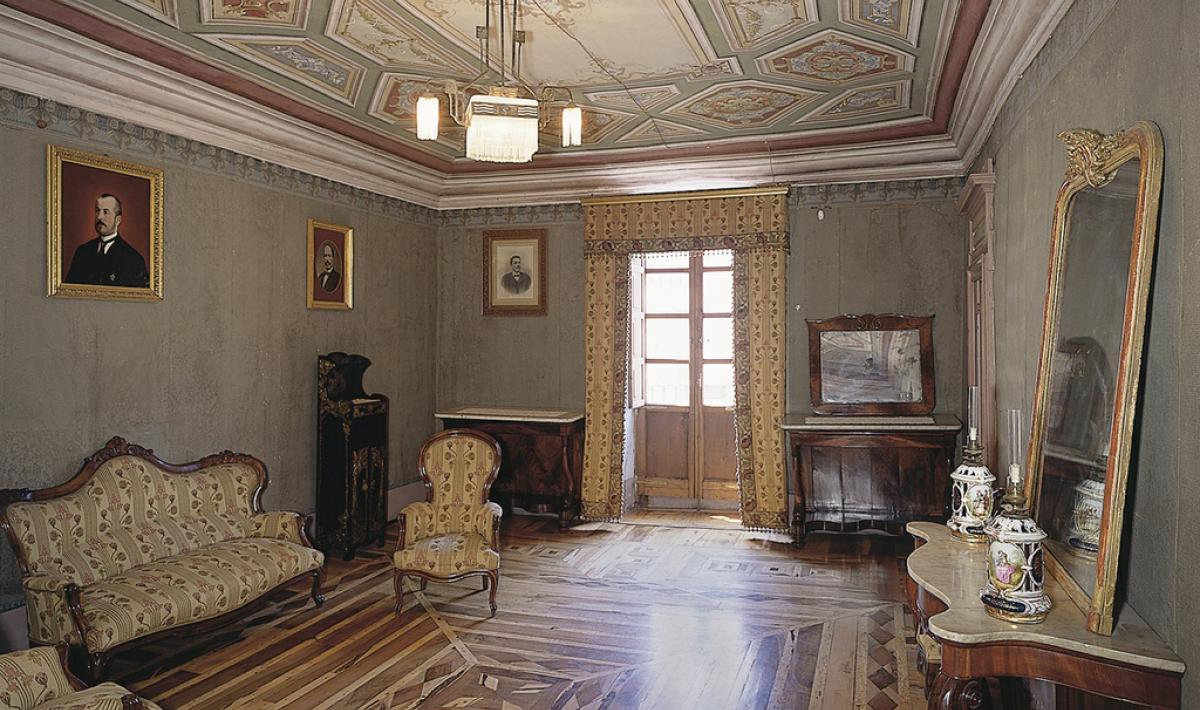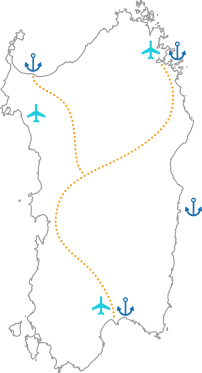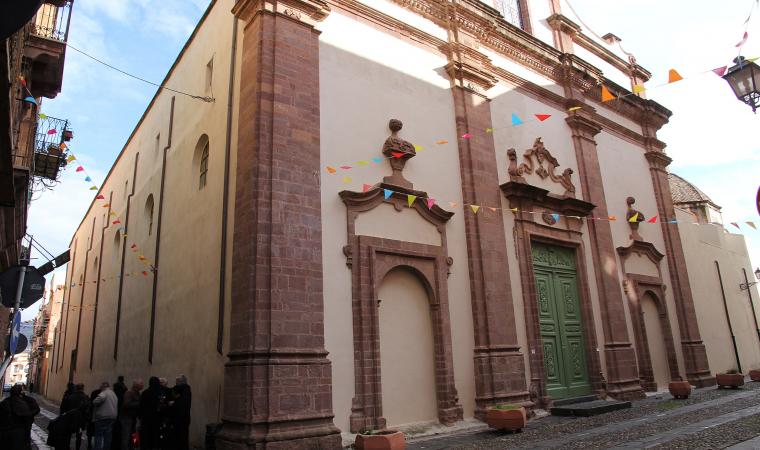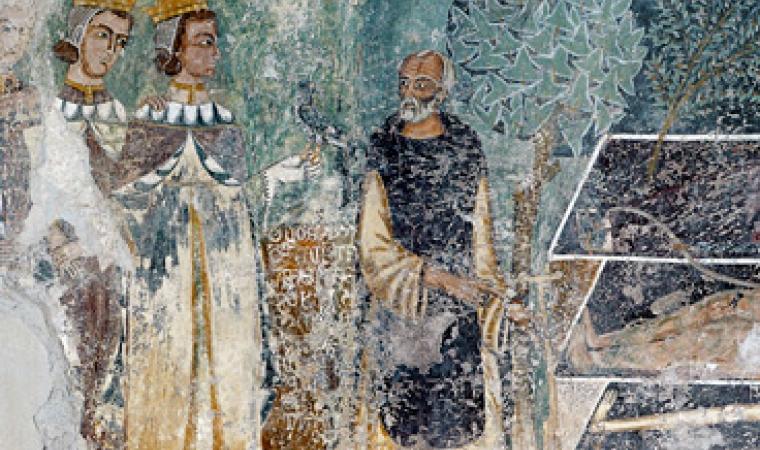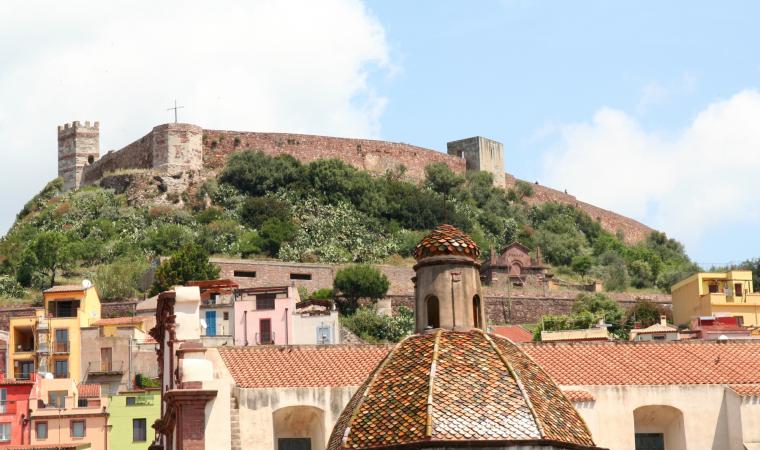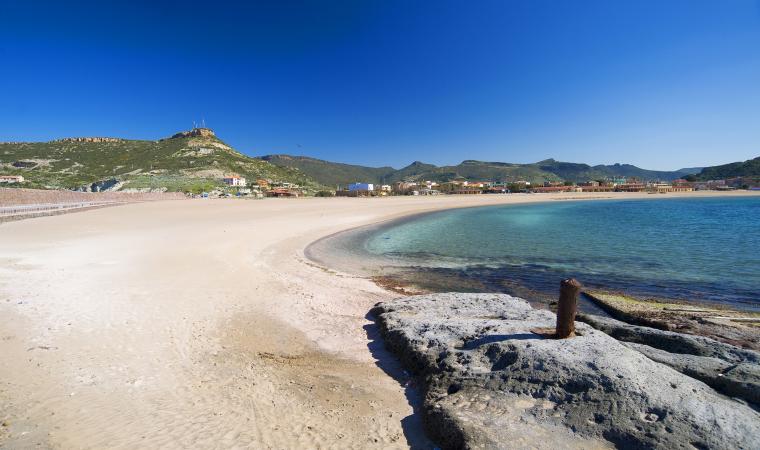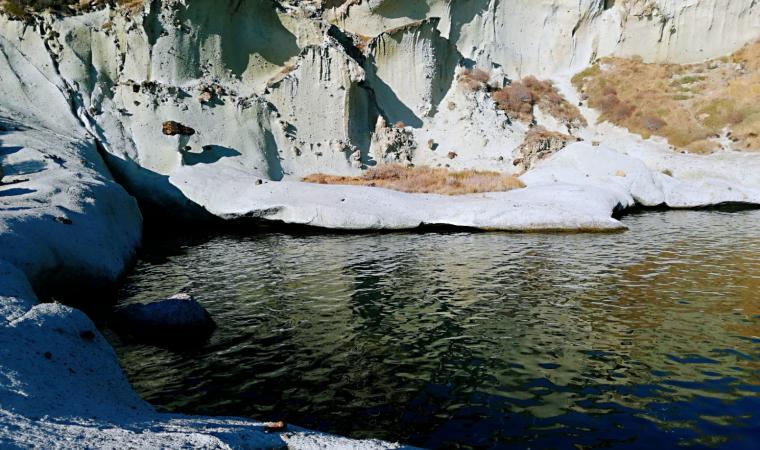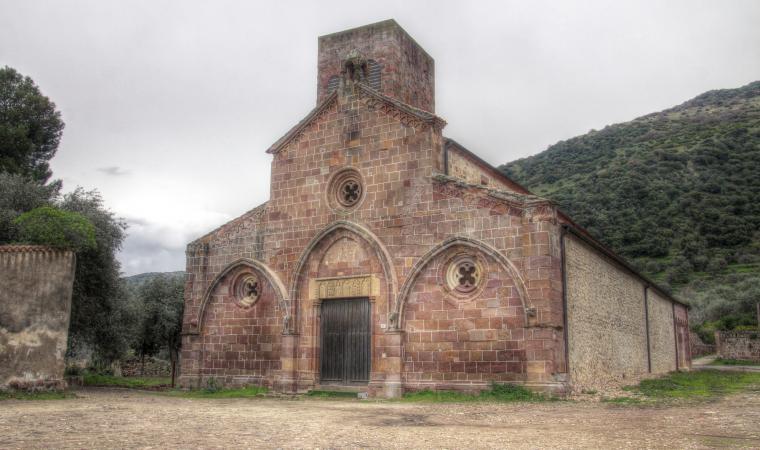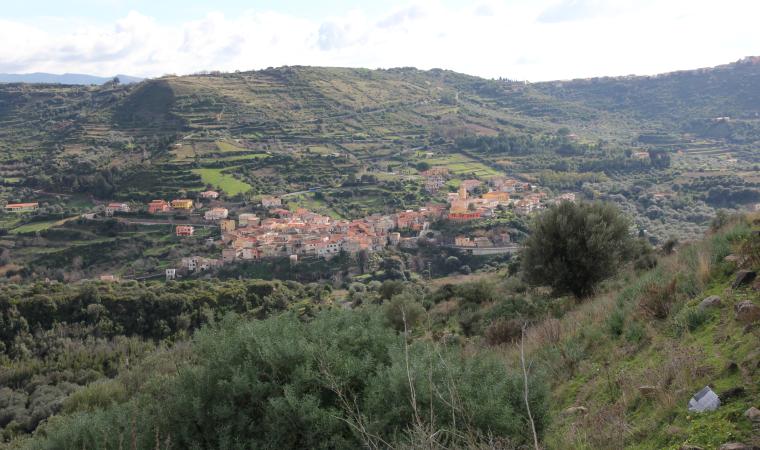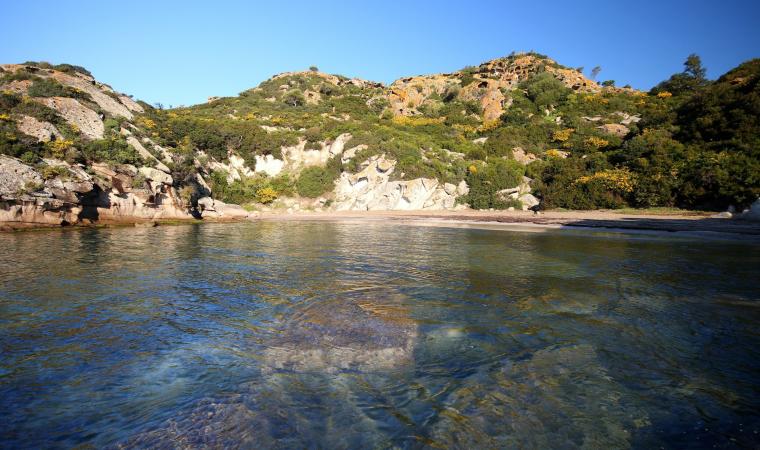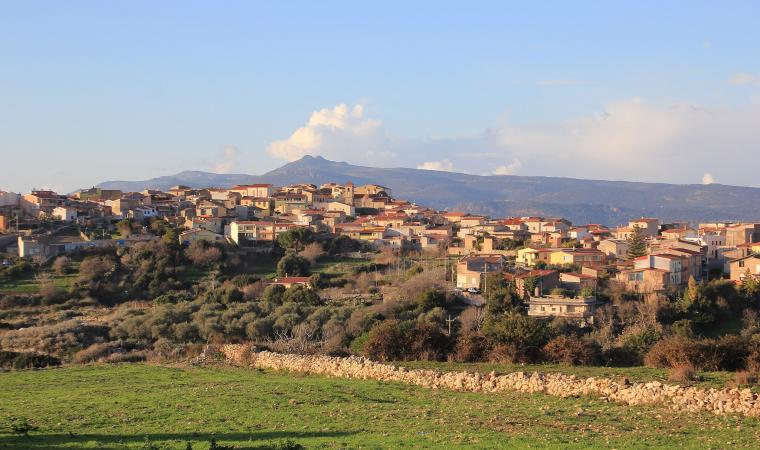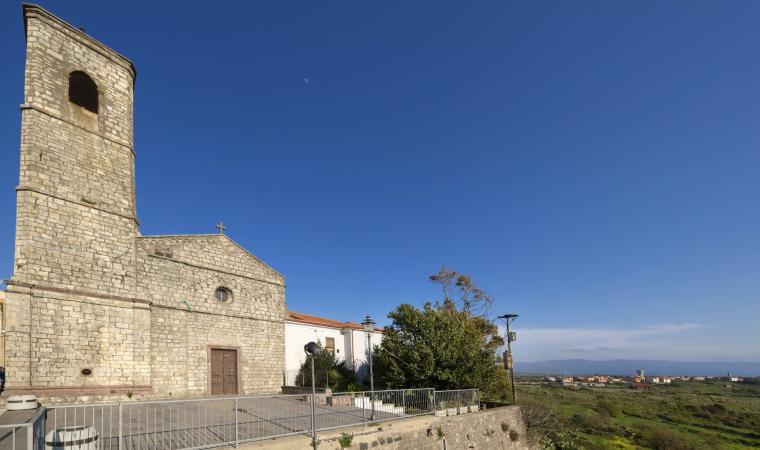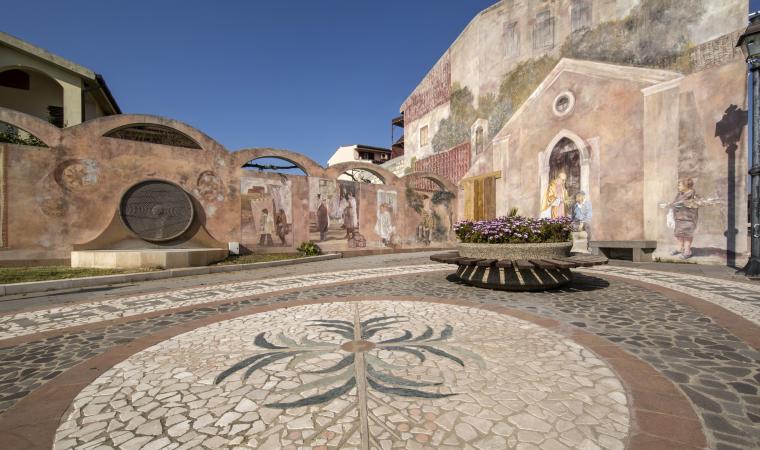Three museums in one, three levels with different exhibition spaces, all equally interesting and capable of taking you on a journey through time. Casa Deriu is one of the most distinctive buildings in the area known as sa Piatta in Bosa – the area of the historic centre near the Temo river -, inside which, by merging pre-existing houses together, a museum was created and it embodies the artistic and aesthetic spirit of the town between the 19th and 20th centuries. At the entrance, on each side of the two doors, you will notice pairs of columns made of local red trachyte, while in the entrance hall you can admire three arches, typical of Bosa homes of the past. One leads to the storehouses, the second to the stairs and the third has an ornamental function. From the ground floor, where the cellars were originally located, you can climb the stone staircase leading to the first floor: temporary exhibitions focusing on the traditions, habits and customs of the village are held here.
On the second floor you will travel back two centuries: it is entirely furnished like a 19th-century stately apartment. The visit takes place around a circular route. From the entrance, you can enter the lounge, with parquet flooring, decorated with geometric patterns that reflect the embellishments on the false coffered ceiling. The space communicates with the bedroom, with a majolica floor, where the original wardrobe is kept. You can then move to the dining room and, from here, along a corridor with wooden partitions, back to the landing.
On the third floor, there is a permanent exhibition dedicated to the artistic flair of Melkiorre Melis, born in Bosa in 1889. In addition to the paintings, you can also admire objects and artefacts (furniture, drawings and ceramics), including works dating back to the ‘African period’, inspired by his experience as director of the ‘school of indigenous art and crafts’ in Tripoli. The exhibition is organised into five topics: the entrance room is dedicated to his hometown, with references to Carnival and filet work, the typical lace embroidery of Bosa. The ‘Libya room’ displays panels, furnishings and canvases linked to African activity. A special space contains the archive of graphic and illustrative production; the post-war artistic phase is kept in the ‘Sardinian room’, with portrayals of shepherds and festivals, and in the ‘Nuragic room’, with works where Melis ‘reinterpreted’ the Island’s mythology in his own way.
The building in front of Casa Deriu is part of the same museum system and contains the Atza art gallery, which exhibits canvases by the artist Antonio Atza, one of the main Sardinian artists of the post-war period, from Bosa by adoption. You can delve deeper into the history of Bosa by visiting three other symbols of the town. These are the Castle of Serravalle, which dominates the village from above, the Church of San Pietro extra muros, the most ancient Romanesque church on the Island, and the tanneries, premises where the oldest local manufacturing activity took place: leather tanning.

